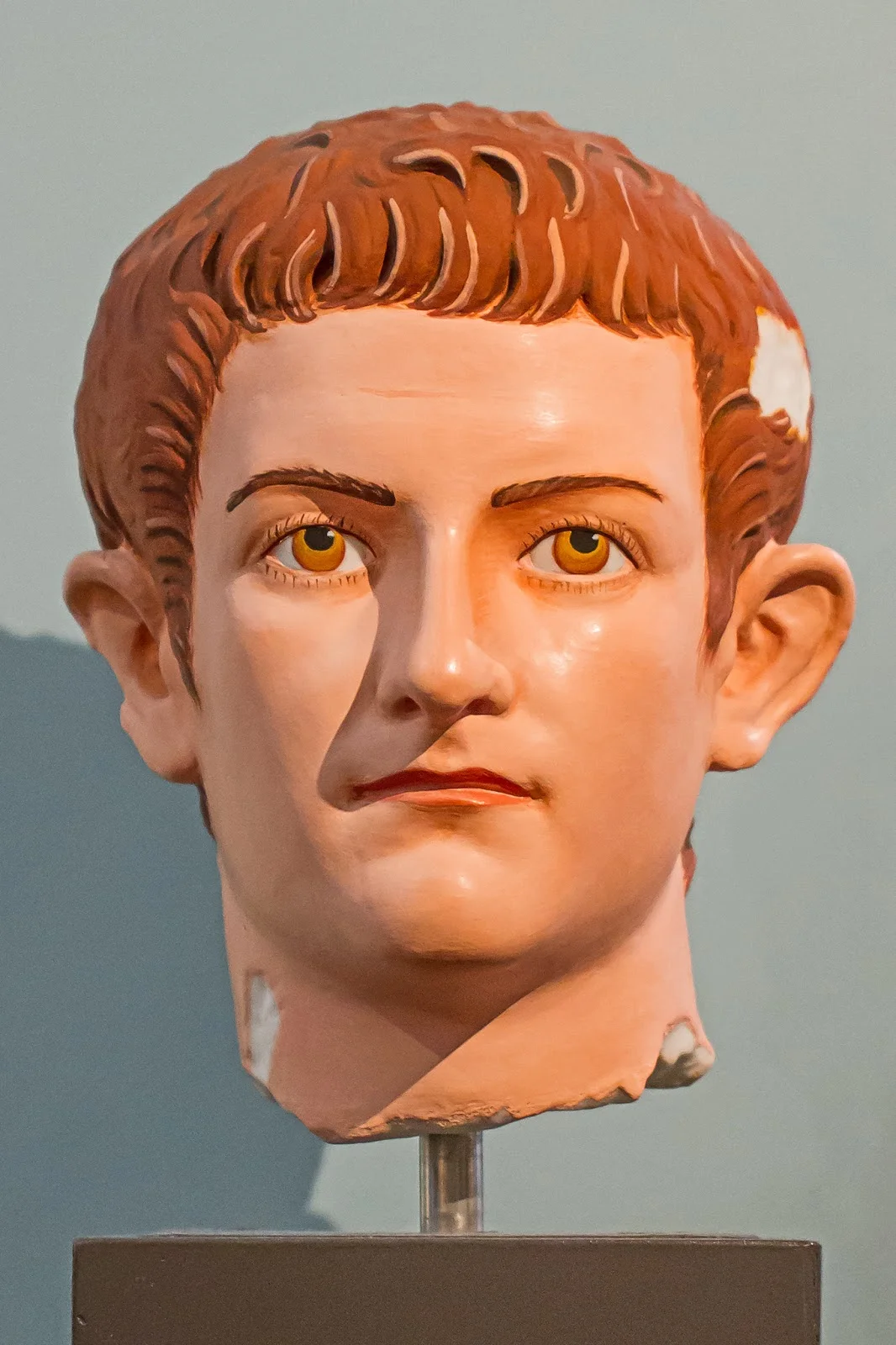Sounds like the names of a grand home sitting atop a western bluff or straddling a creek that was designed by Frank Lloyd Wright, huh? While that was certainly my intention, this blog’s title references something a little more crude and common: using the restroom.
We all know that Disney’s Imagineers are excellent at applying thematic elements to everything in the parks and resorts to give even the most mundane buildings a sense of purpose and placement. Restrooms at the Disney theme parks have their own special following online, with dozens of blog posts, social media accounts, and even podcast episodes devoted to the best, the cleanest, and the most thematically sound restrooms. In fact, some restrooms in the parks must be visited as attractions in themselves, such as Tangled’s Rapunzel restrooms in the Magic Kingdom’s Fantasyland and the Outer Rim restrooms of Star War’s: Galaxy’s Edge in both Disney’s Hollywood Studios and Disneyland Park. Others have themed exteriors that fit into the story of the land, but seem to possess no exemplary features inside, such as Gonzo’s Royal Flush restrooms in Grand Avenue at Hollywood Studios.
Disney’s California Adventure has its own themed restroom, located in Hollywood Land. As one walks from the park’s central hub towards Guardians of the Galaxy: Mission Breakout!, guests pass a set of restrooms located on their right. The structure seems out of place, a short tan building, which is appeared to be made out of terra cotta tiles and glass windows, geometric in nature and planters framing a small fountain which flows from the facade of the building into a small pool below. The incongruous edifice is bookended by two towering, peach-colored soundstages that seem to fit the expectation for what a Hollywood-themed land at a Disney park would look like.
In fact, the first time I saw the building I was very confused. I snapped a photo as I walked by, determined to conduct research upon returning home to identify what the restroom building was supposed to look like and why it was located in Hollywood Land. After all, nothing created or placed by Imagineers is done without proper consideration.
It turns out that this set of restrooms is actually modeled after The Samuel and Harriet Freeman House perched in Los Angeles’ Hollywood Hills, designed by American architect, Frank Lloyd Wright. Originally designed and constructed for the Freeman family in 1924, the home served as an opportunity for the artistic, political and social pursuits of the wealthy couple who often entertained popular musicians and Hollywood celebrities in the early twentieth century. The home was designed in Wright’s popular Mayan Modernist style so often seen in his buildings throughout California.
Imagineers included elements from some of his other structures when they designed the restrooms, including the Ennis House, the Storer House, and the Millard House, all of greater Los Angeles. Thus, while at first glance, these restrooms seem out of place amongst the soundstages and obvious Hollywood landmarks, these restrooms based upon the Samuel and Harriet Freeman House are right at home in this area of Disney’s California Adventure.






